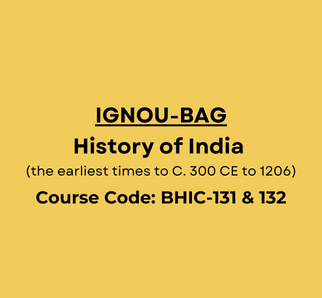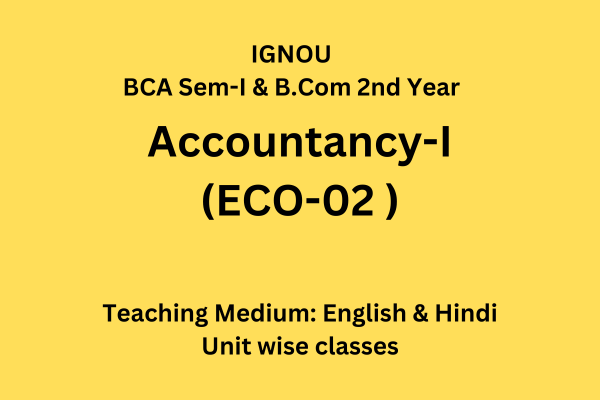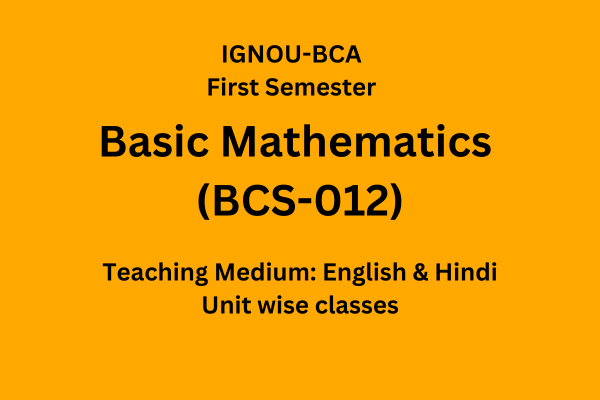About Course
Course Introduction for
BHIC-131: History of India from the Earliest Times up to c. 300 CE
This course provides a
comprehensive journey through ancient Indian history, beginning from the
earliest times and culminating around 300 CE. It delves into the rich sources
of ancient Indian history, including archaeological findings and significant
sites that unveil the foundations of Indian civilization. Students will explore
the physical characteristics, formations, and distinctive traits that shaped
early Indian societies.
The course navigates
through pivotal historical milestones, such as the evolution from
hunter-gatherer societies to the origins of agriculture and the fascinating
civilization of the Harappan era. Topics include the material aspects, societal
structures, religious beliefs, and the decline of the Harappan civilization. It
delves into the Vedic periods, the rise of urban centers, the spread of
religious ideas like Buddhism and Jainism, Alexander's invasion, the Mauryan
empire, state formations in Deccan and Tamilaham, and the growth of languages
and literature.
Course Introduction for
BHIC-132: History of India from c. 300 CE to 1206
This course embarks on a
transformative era of Indian history, focusing on the period from 300 CE to
1206 CE. It scrutinizes the rise and impact of significant dynasties such as
the Guptas, Pushyabhutis, Harsha, Pallavas, Pandayas, Kalachuris, Kadambas, Chalukyas,
Cholas, Hoysalas, and the emergence of Rajputs and Rashtrakutas.
Students will explore the
economic, social, cultural, and political aspects of these dynasties,
unraveling their contributions and societal changes. The course delves into the
post-Gupta period, examining shifts in polity, religion, and culture. It also
covers invasions by Arabs, Mahmud Ghazni, Mohd. Ghouri, the evolution of land
and revenue systems, societal structures, the growth of art, language,
literature, and the changing religious trends during this period.
Both courses offer a
comprehensive exploration of India's historical trajectory, encompassing
diverse facets of society, economy, polity, religion, culture, and art.
Students will engage with critical historical milestones, enabling a deeper
understanding.
Program: IGNOU-BAG (Bachelor of Arts - General), First Year
Skills You Will Gain
Archaeological Analysis
Early Indian Civilizations
Societal Evolution
Vedic Period Understanding
Mauryan Empire Insight
Religious Ideologies
Urbanization and State Formation
Historical Contextualization
Dynastic Analysis
Post-Gupta Era Comprehension
Socio-Political Evolution
Cultural and Religious Shifts
Invasion Impact Assessment
Economic and Agrarian Systems
Literary and Artistic Growth
Critical Historical Analysis



 Beginner
Beginner 
